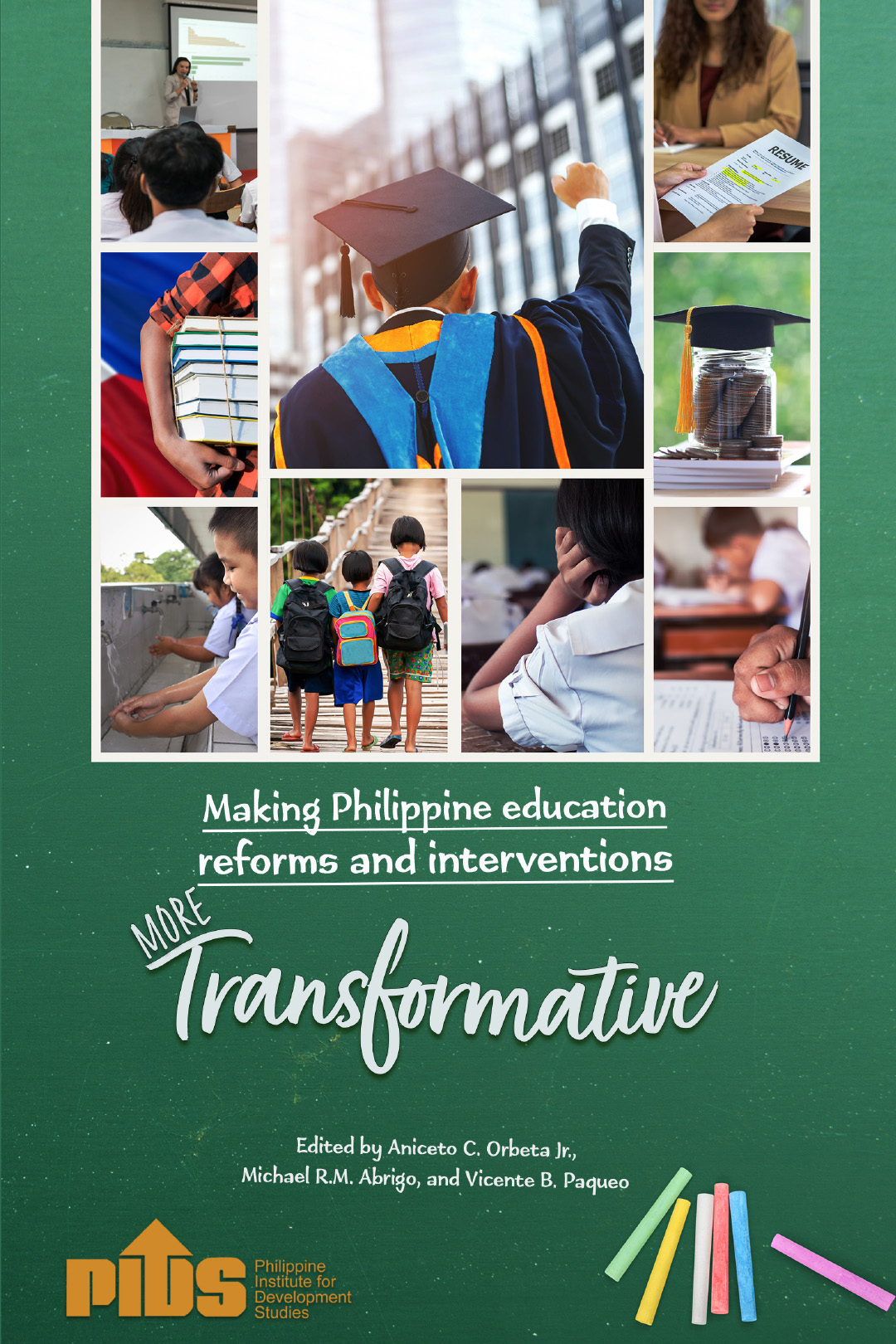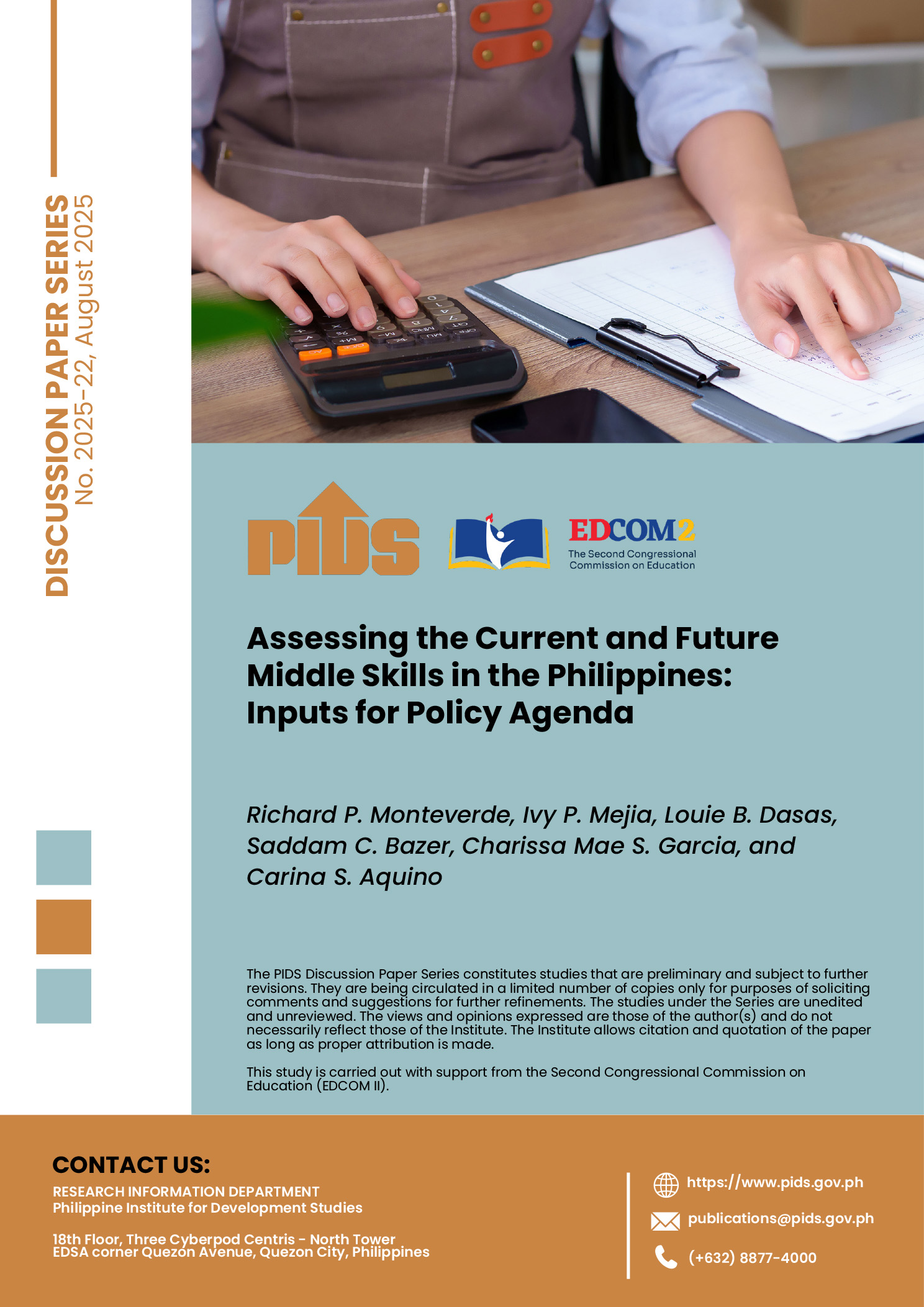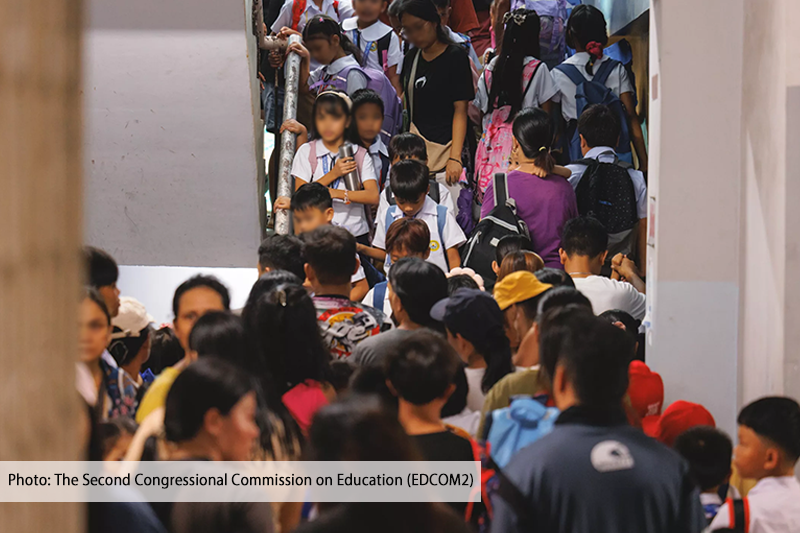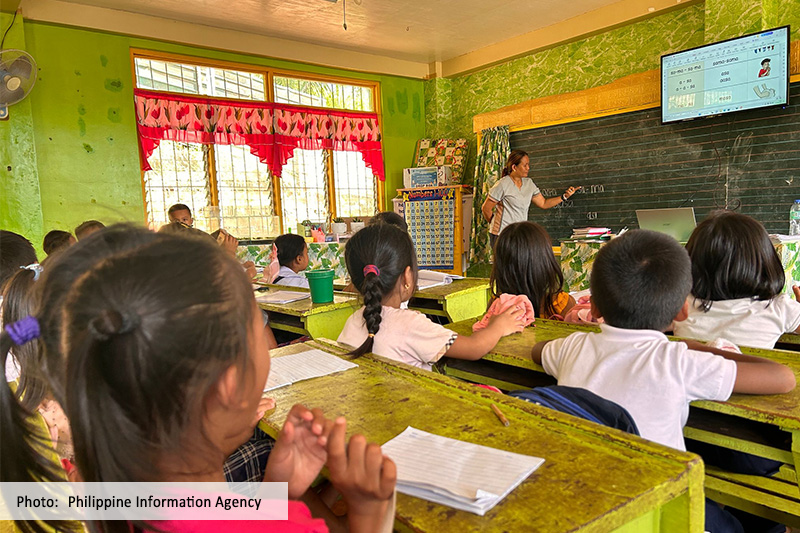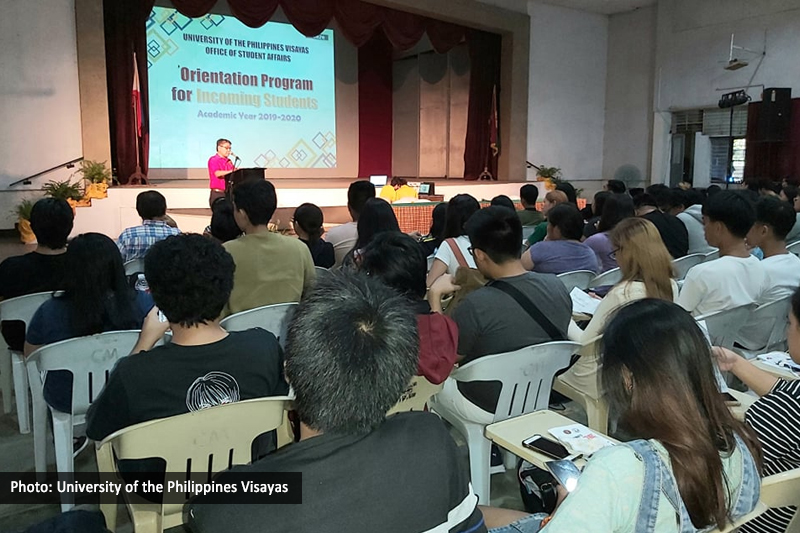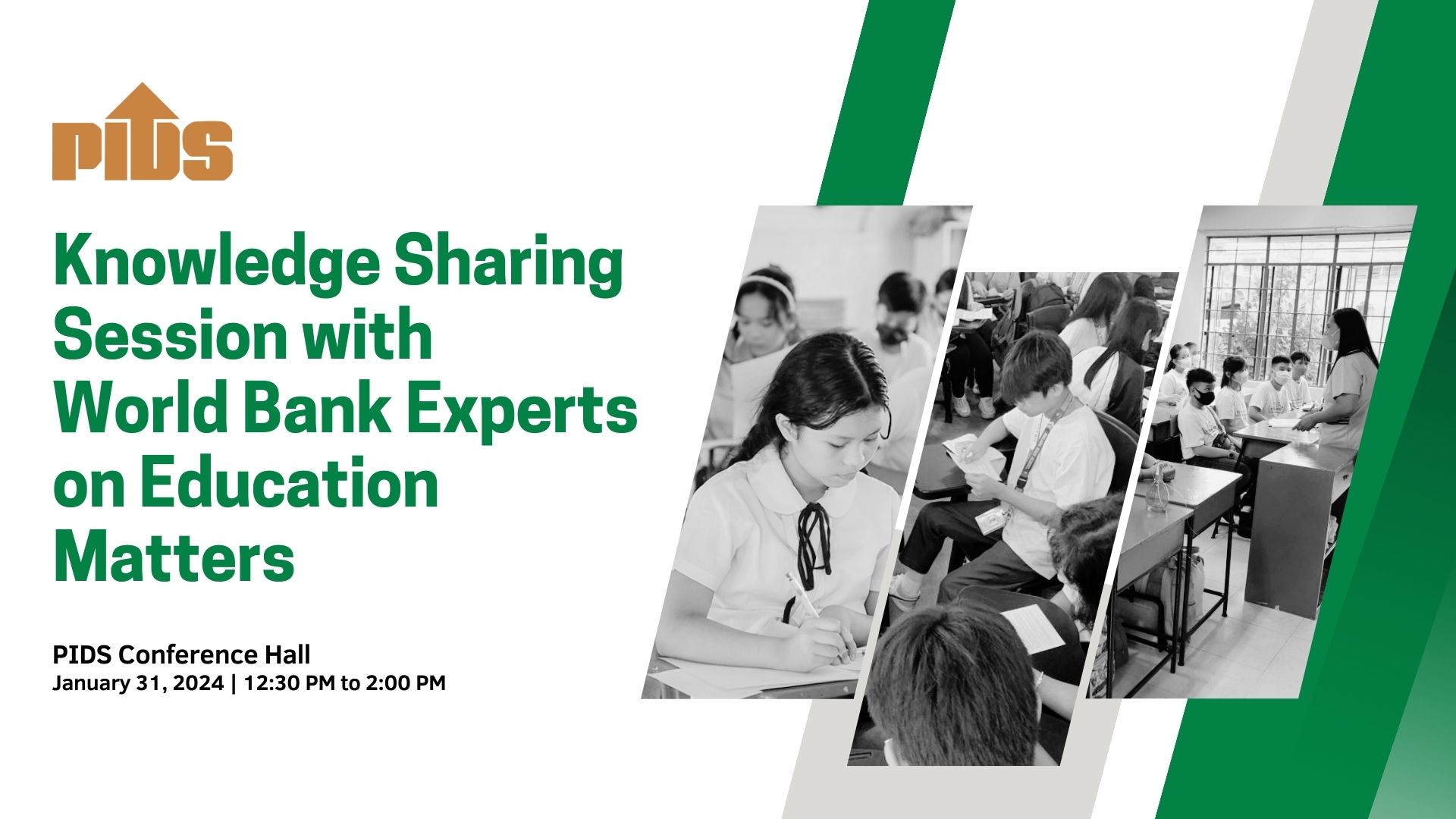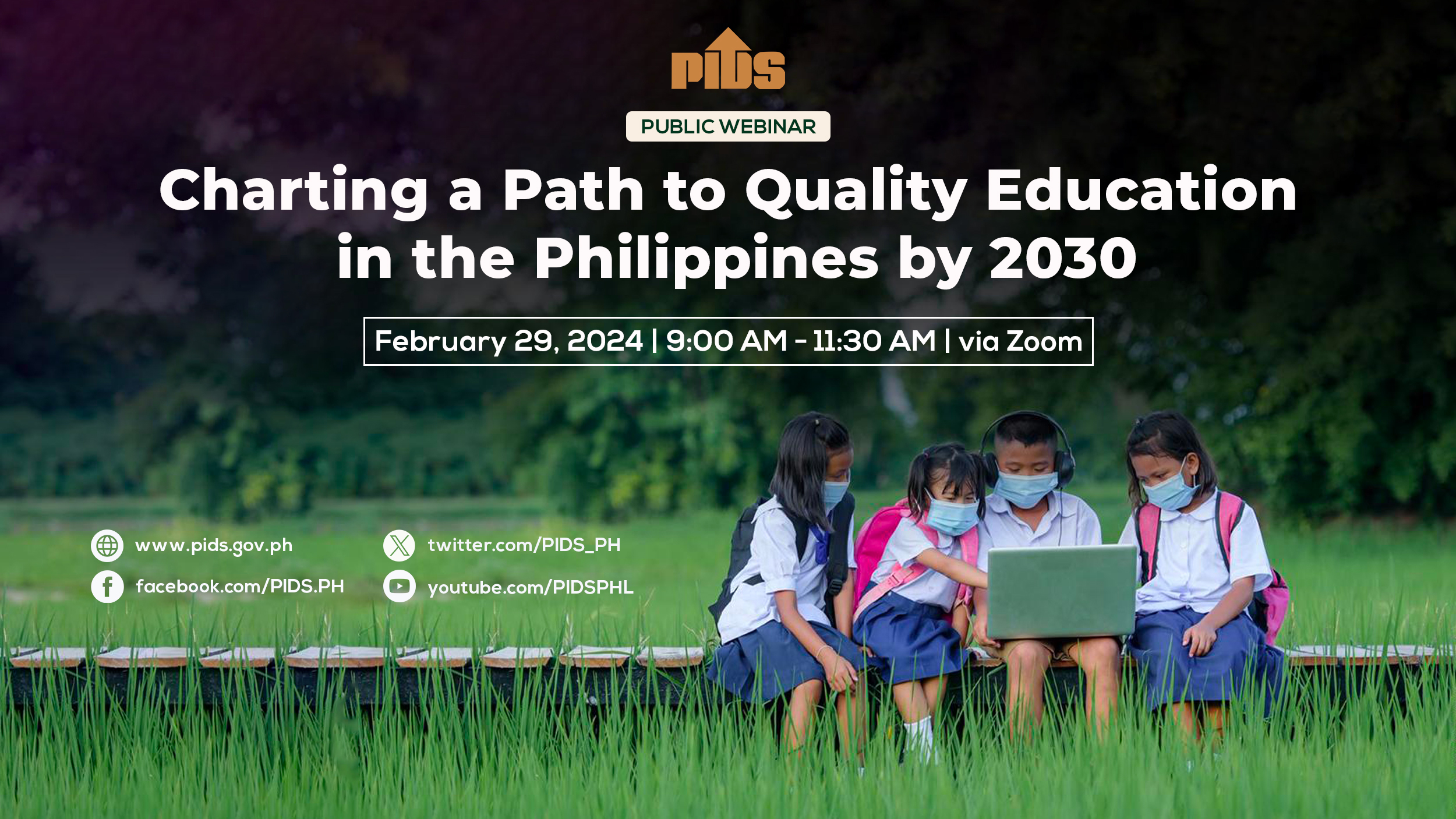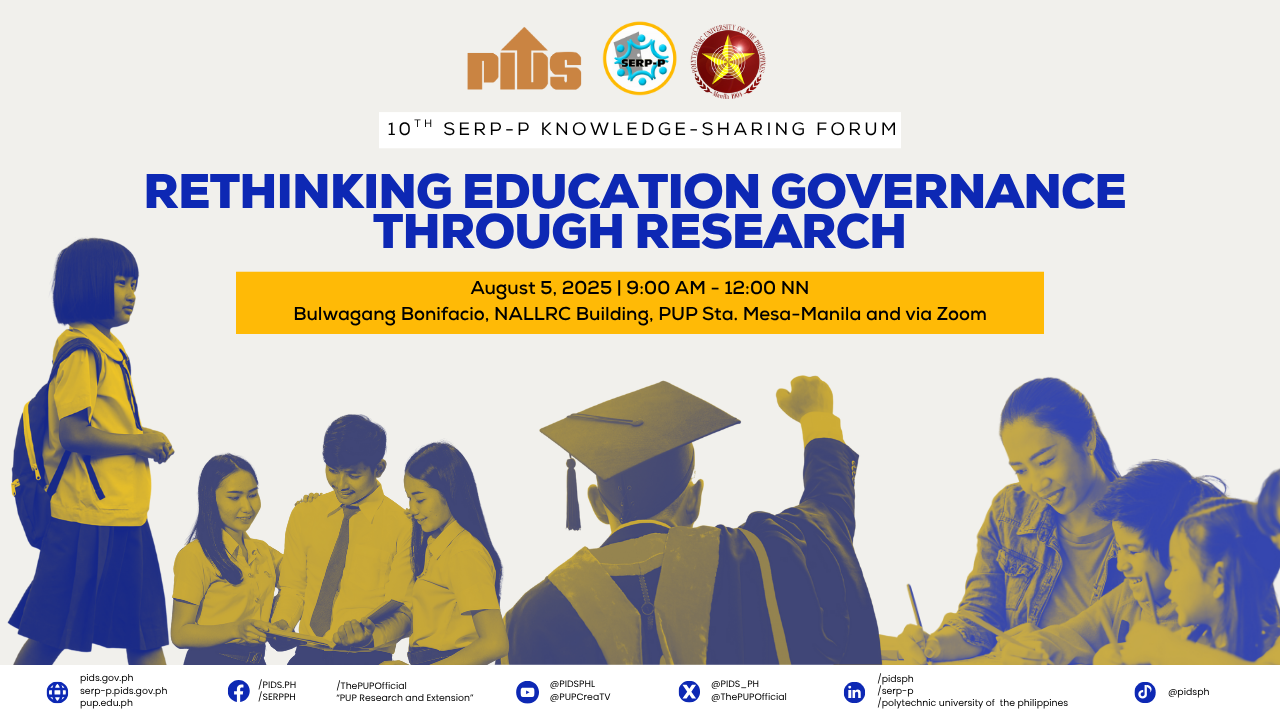Government investment in education and training has increased but still remains low compared to the Philippines’ more developed peers, resulting in students’ poor learning outcomes and low quality of education, according to a research study conducted by the Philippine Institute for Development Studies.
The study said the comparatively lower education financing has negatively impacted schooling quality in the Philippines, “with students underperforming in learning competencies and education quality remaining deplorably low.”
“The Philippines must raise its education and training spending to a much higher level to catch up with the average student learning achievements of the country’s aspirational peers,” said the policy note titled “When students fail to learn: Getting education governance and finance policies right.”
However, simply increasing resources does not guarantee impact, stressed study authors PIDS president Aniceto Orbeta Jr., visiting research fellow Vicente Paqueo, and consultant Mark Vincent Aranas.
The government must also efficiently and effectively use its available resources, they said.
Optimize use of limited resources
The policy note recommends optimizing the use of limited resources to help students enroll in schools that meet quality standards, establishing outreach programs to develop children’s socioemotional competencies and growth mindset, and improving education providers’ accountability and motivation to deliver cost-effective, high-quality education and training.
The authors also suggest shifting the focus from massifying low-quality education to enhancing students’ cognitive and non-cognitive competencies, adding that there must be an efficient system for government subsidies for children who cannot enroll in better schools.
“The disconnect between the universal access to education goal and its implementation strategy is an oversight issue that requires a stronger policy and an effective and efficient system,” the authors said.
“The onus lies in the hands of policymakers and the leadership of different government agencies mandated to ensure and promote quality education for all,” added the authors, whose study was featured in the latest PIDS Development Research News.
World Bank report
Citing a World Bank report, the policy note observed that most Filipino students achieved below minimum national and international standards in basic education.
The report emphasized that nine in 10 students could not read or understand a simple text by age 10.
Additionally, only one in five Filipino students attained at least a minimum proficiency level in reading and mathematical literacies, based on the Programme for International Student Assessment results in 2018.
“Students fail to acquire the competencies they are supposed to learn in school because the Philippines has enabled students to complete more years of schooling than expected relative to their income level due to the government’s education policy,” the authors said.
The poor results in education quality and student learning competencies were linked to a combination of factors.
Among these are the government’s education massification policy that focuses on rapidly expanding tuition-free public schools, the lack of effort to increase education inputs and give oversight mechanisms and incentives to teachers and school workers, and the failure to mobilize and use available resources to ensure children meet the prescribed minimum proficiency standards before being promoted to the next grade or education level.
Doable measures
The authors cited immediately doable measures, including:
Strengthen the Department of Education’s voucher programs and other types of public-private partnerships that aim to allocate education and training subsidies and develop a program with enough budget allocation to help teachers and schools increase the number of students who meet the minimum learning proficiency standards.
Establish an education and training innovation fund and an independent assessment and evaluation agency to institute performance accountability indicators and consumer data for students and parents.

